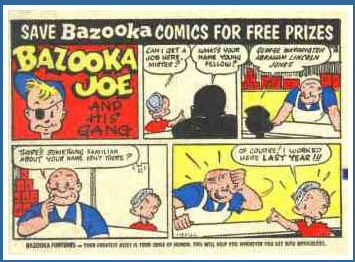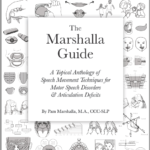7th grade and the SLP

Yesterday I received a question that had to do with transition to 7th grade
“I find it difficult to transition students from 6th grade to middle school, meaning targeting appropriate goals/etc. What are the areas you find critical to this age? Do you have a screening tool you give to your students? What are the main areas you look at to gauge success in junior high/middle school?”
First lets talk briefly about 7th grade. 7th grade, no matter what middle school model your school has, is a significant bump up in academics, expectations, higher order language (understanding and usage, texts, adult usage, peers……) and higher order thinking. 7th grade is the year the speech and language students dismissed from therapy a couple of years ago will end up back on your radar.
The reason for this is that everything in 7th grade is more difficult and most if not all academics (could be argued by the finest SLPs) are language based. Higher order language and thinking is emerging in 7th graders. Most are going to “get it” in a very naturalistic way without any difficulty. However, for those that don’t “get it” will feel and look like a deer caught in headlights for most of their 7th grade year.
I personally spend a lot of time working with 5th and 6th graders on understanding the underlying vocabulary, language and concepts needed to help them understand higher order language. At the very least I hope my students realize they don’t “get it”, know how to think outside of the box or when to ask for help.
In the past I’ve written two articles on my previous blog Your Middle Schooler: A Unique Age and I still use the recommended books and techniques to this day.
Speech and Language Workbooks that Work
Vocabulary Development is Key to Higher Level Learning
Another suggestion is using appropriate ads from magazines and commercials. Talk about how the language is used to convey different or ambiguous meanings. Teaching students how to understand jokes, is a lot of fun. Finding jokes with accompanying pictures is ideal. I also use some modified techniques from the Visualizing and Verbalizing program. If you haven’t taken the training for this program I highly recommend it.
It is pretty easy to identify the students who don’t “get it.” However in this day and age we usually need some sort of data to prove this. I use scores from the CELF metalinguistics (formally the Test of Language Competence) and The Test of Problem Solving.
I hope these suggestions give you a good place to start. Teachers have a difficult time understanding that some kids don’t “get it” from a language perspective so it is important to at some point meet with teachers and explain the issue.








Thank you for the information! I am contract, so every year I am in different grades. I will definitely keep this to refer to when I end up in middle school!